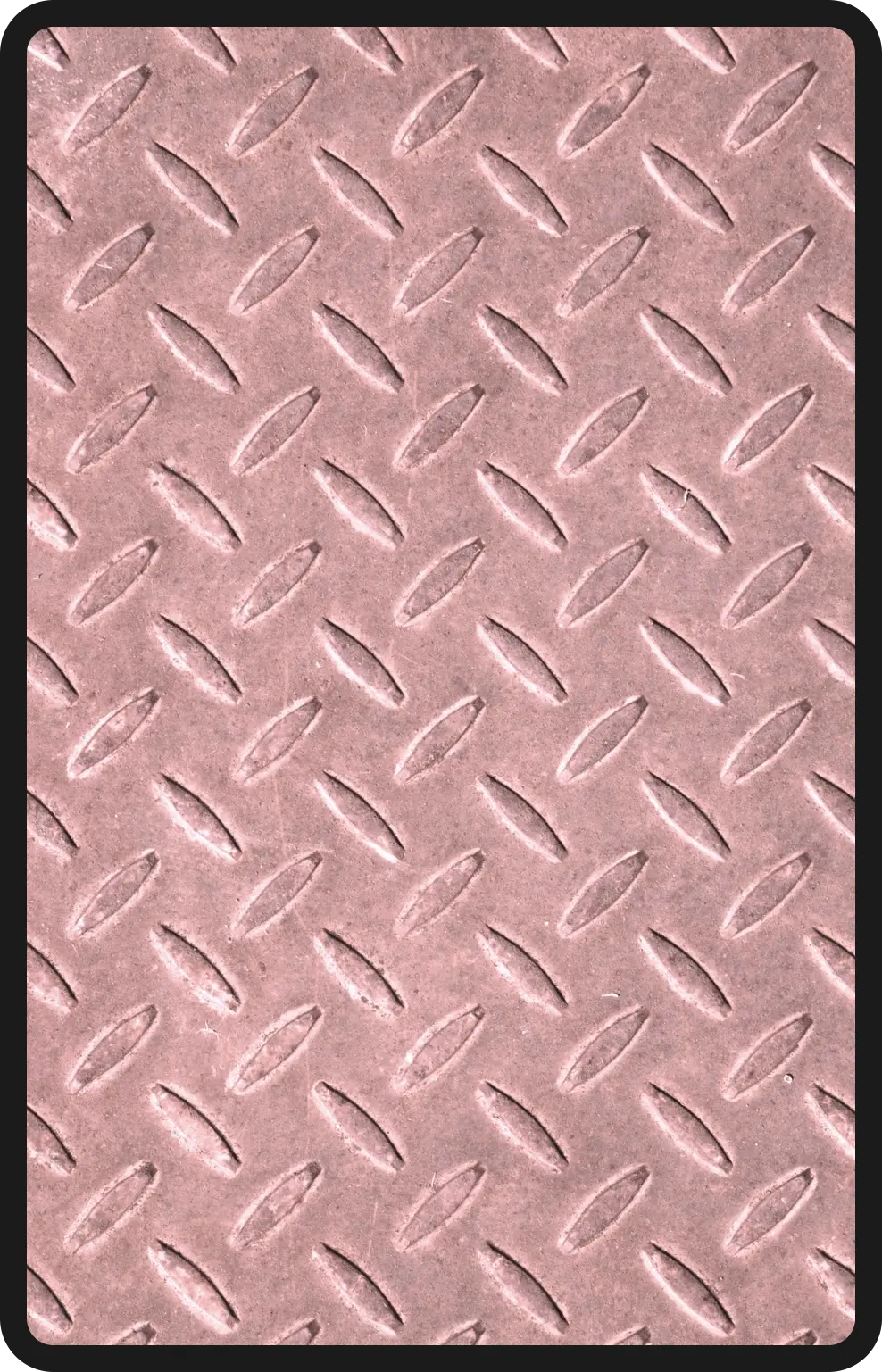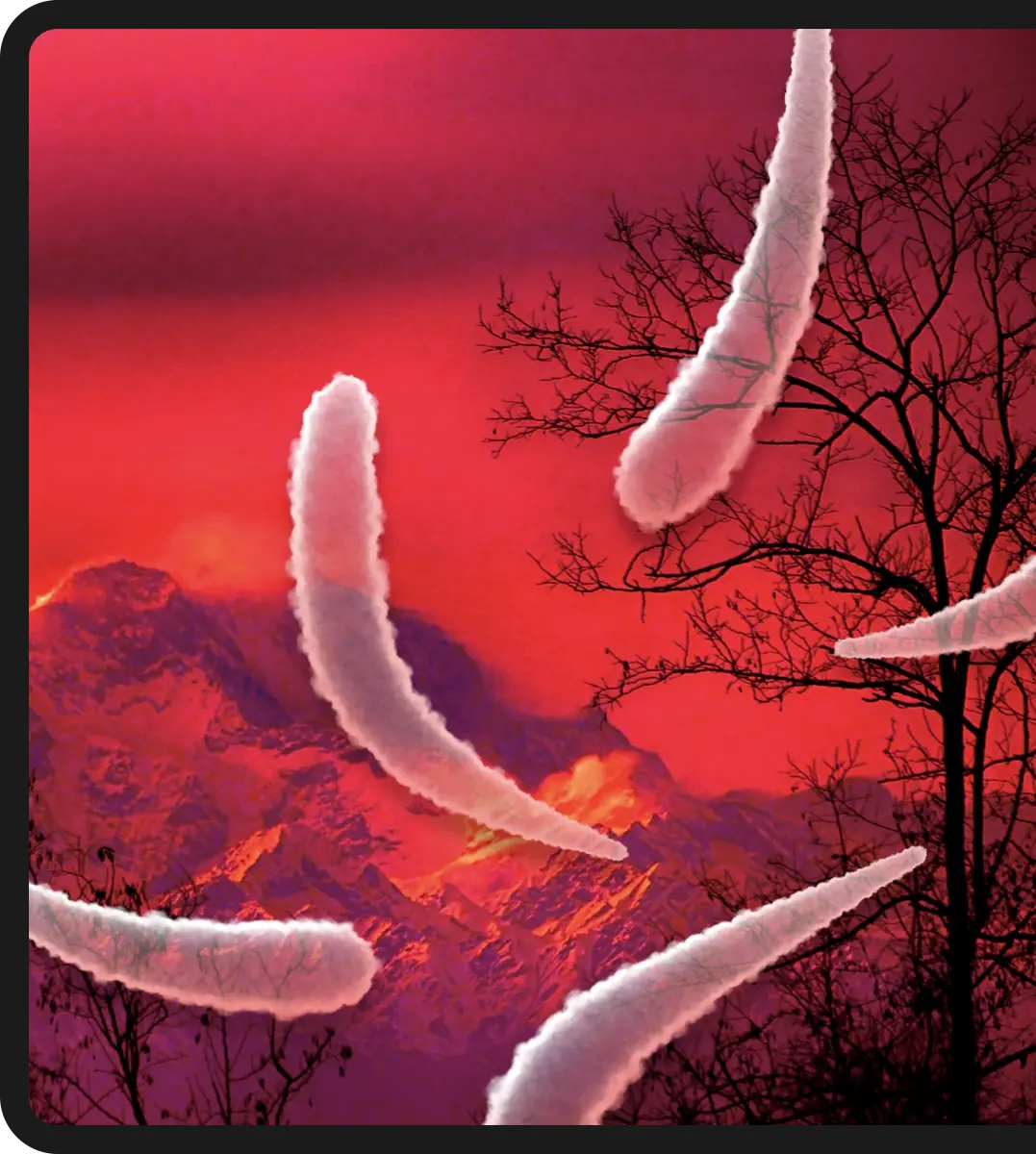Learning to Appreciate Copic Markers
10/8/2025
Back in middle school, my dad got me a set of 36 Copic Ciao alchohol-based markers. They were something I used to want to try out so badly because of how solid the colors applied to the paper, being able to blend colors into near-perfect gradients and make pieces look like they were digitally drawn or rendered. No wondered why professionals love and use these things, especially mangaka. When I finally got to trying them out, it kind of didn't completely fufill my expectations. The colors I could use were very limited and I had some difficulty trying to blend and do other cool shit with them, so I kind of just barely even used them despite how expensive they were.
At least that was until my current college semester started. I had a Traditional/Digital Illustration class that had us require the Copic Ciao 12-color starter set as well as some marker paper, as we would be working with Copic markers in some of our assignments. From there, I learned how to efficiently utilize blending techniques as well as utilize color theory to work with the limited amount of markers we had at our disposal. I got the rest of my other old unused markers and took to grinding my skills in this medium.

A piece I made for one of these assignments.
So here's the thing about coloring and blending with these drunkard sticks: They dry on the paper VERY fast so time is key to creating beautiful-looking gradients for light and shadow. On another note the partial translucency of the markers allowed for the stacking of multiple colors to create a new color, meaning I thankfully don't gotta pay over $40 just to get more new colors as long as I have color theory on my darn mind.

All it takes is 5 colors (And a colorless blender) to create a banana!
If one were to really dedicate themselves to practicing rendering with these things, I recommend starting off with a grayscale palette. Not only do you learn about and get the hang of the black-to-white value scale, but you get to have yourself enough shades of grey to generate satisfying and elaborate blending without needing over 100 colors to do so.

I have also been using Copics to further add a plenty of glam to my sketchbook.
Another issue I had with Copic markers was how tricky it was to add fine details into a piece. This was mainly because I was using the Ciao and Sketch types beforehand, which both had a big-ass flexible brush nib that took quite a lot of practice to wield. Just two days ago, I got a warm grey set of Classic versions of the markers to get back the other warm grays from my old set that have either been completely used up or dried up. The Classic ones have a smaller fine nib for adding details. All three types have a chisel nib on their other end, but when it comes to the Classic type, the chisel serves more value for filling up larger spaces on the canvas.

A warm gray value scale also creates the look of an aged sun-damaged page from an old book.
I'm thinking if I really were to practice with these a little more, I could finally get the hang on the bane of my existence that are translucent wet mediums like watercolor or ink wash. I guess this just goes to show how old things you still keep around but barely touch come right back at you like a boomerang once you're in a scenario when you need them.




